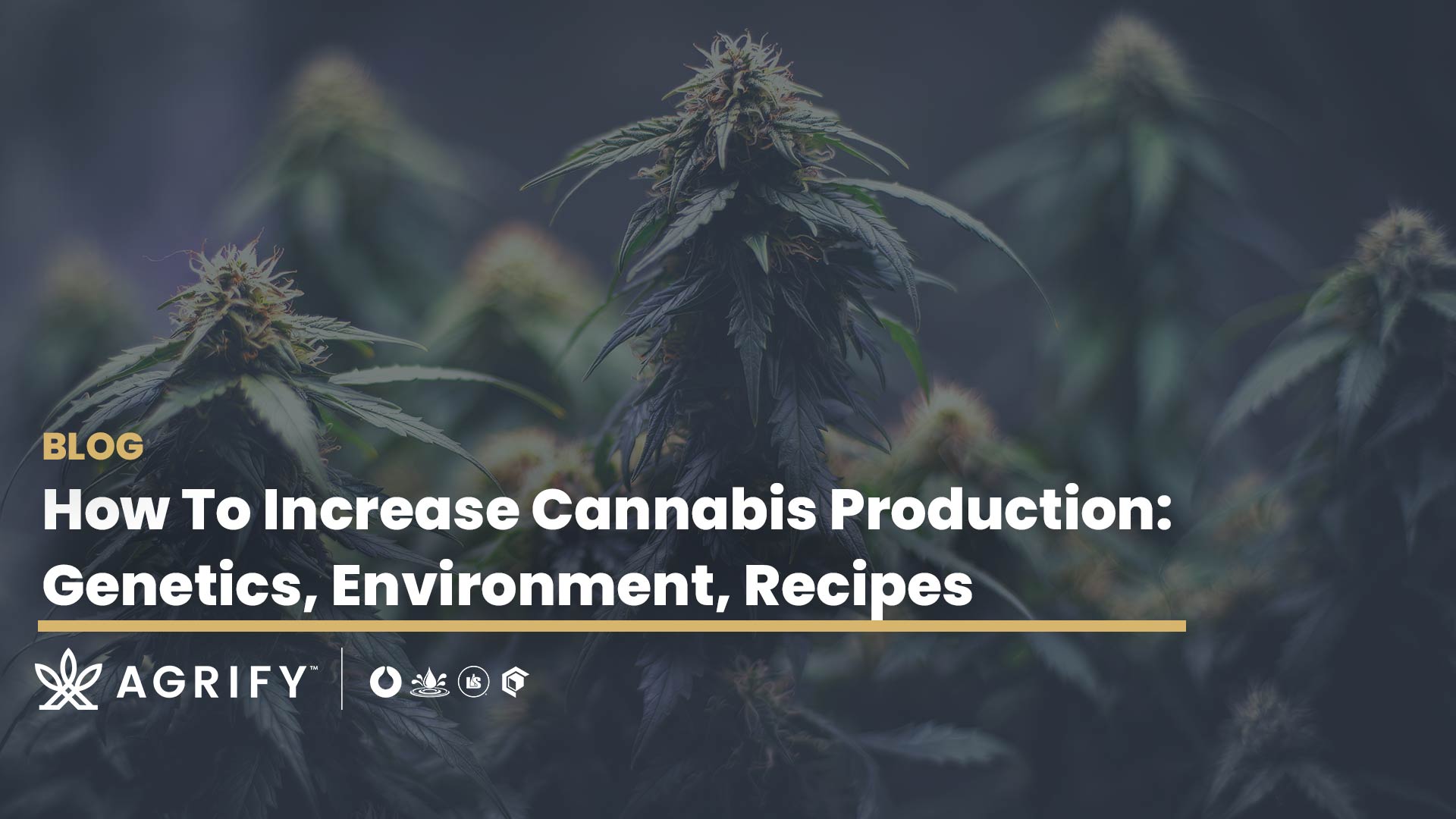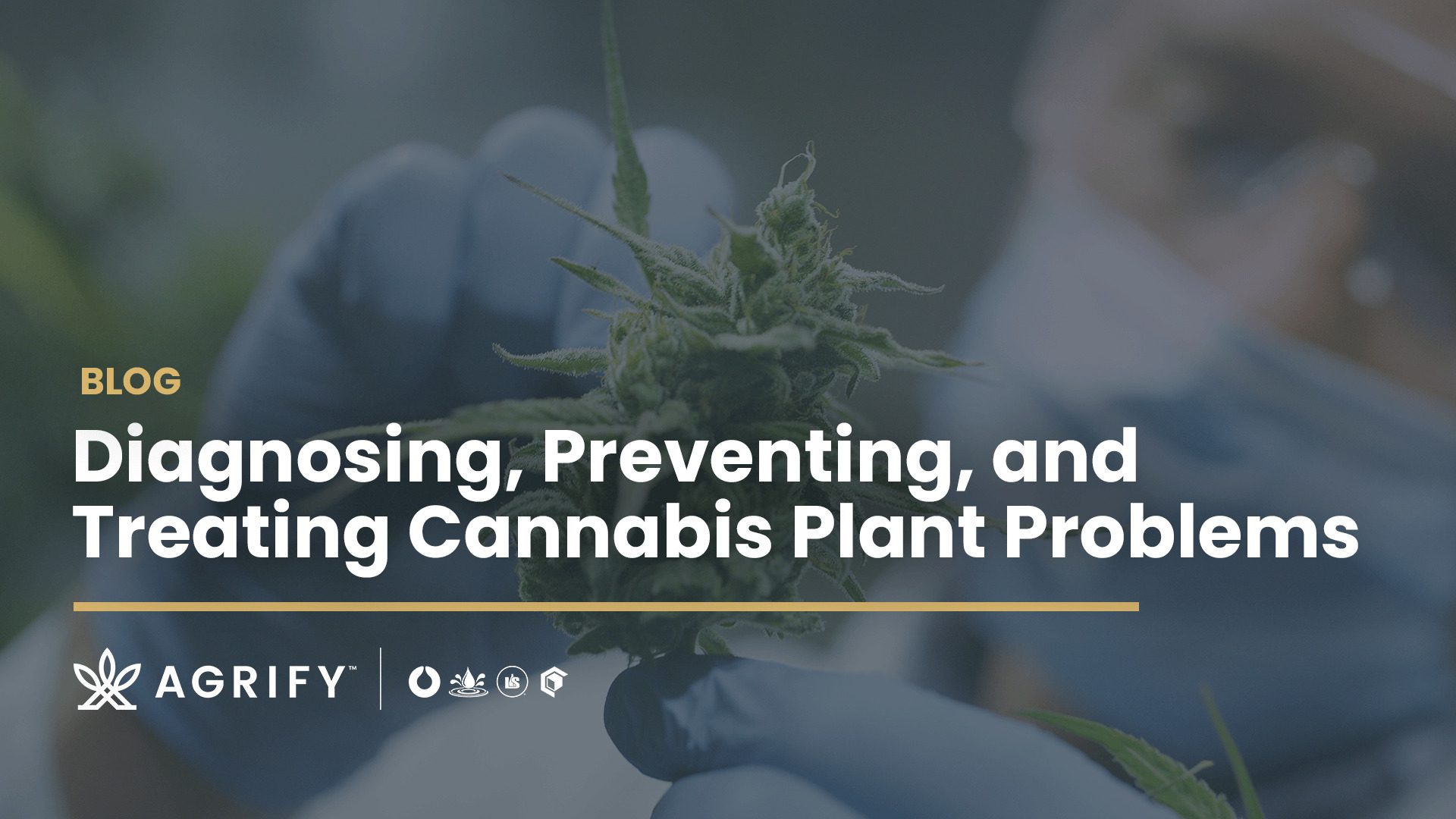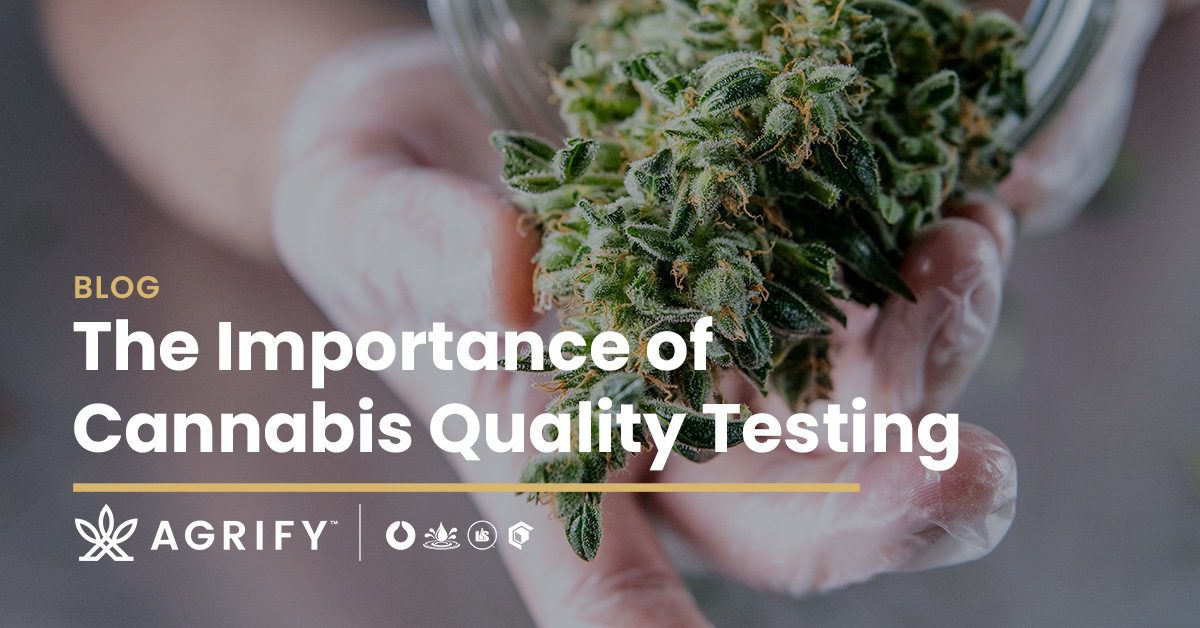According to numbers issued by the World Bank, only 10.8 percent of the planet is arable land. With the earth’s population pushing 8 billion, it’s time to question the sustainability of traditional agriculture practices. There is an increasing challenge to balance land for people and land designated to feed those people. As such, vertical farming is becoming a more viable alternative because it maximizes the number of crops a farmer can grow, all on a much smaller footprint.
The cannabis industry is also facing space challenges, although likely influenced by additional factors. Cannabis is well-adapted to indoor growing, but moving indoors dramatically increases production costs.
The expense and logistical challenges of maintaining traditional grows have led some cultivators to investigate the opportunities of vertical farming. Following this train of thought, let’s explore vertical farming benefits. Can cannabis thrive in a vertically oriented, controlled agricultural environment?
What is Vertical Farming?
Vertical farming is the practice (and associated technologies) of vertically producing food or other crops. This approach builds upward, instead of farming goods on a single horizontal field, greenhouse, or warehouse. Which means, less space but more crop.
Going vertical produces much more per square foot than a typical cultivation setup. For example, Agrify’s vertical farming units (VFUs) can produce up to six times the crop yield per square foot than a traditional cultivation setup.
In addition to producing more crops in a smaller footprint, vertical farming helps farmers better control their cultivation conditions, including temperature, light, and humidity. While the level of control varies depending on facility design, Agrify’s VFUs fall under the mandate of controlled environment agriculture (CEA).
Vertical farm systems, like Agrify’s, optimize the local environment, providing everything a plant needs. Every plant receives the care it needs around the clock, which is a drastic improvement to the typical variable outdoor environment. Cultivators rely on a network of sensors and a control dashboard to manipulate the conditions in a way that best benefits the plants.
5 Vertical Farming Benefits that Maximize Cannabis Cultivation
When it comes to cannabis, vertical farming supports better yields and improved consistency between crops, and reduces operational expenditures per square foot.
Here’s a closer look at how vertical farming technology can bolster the legal cannabis industry.
Reason #1: Vertical Farming Saves Space
One of the most commonly discussed vertical farming benefits is the method’s ability to save space. In fact, according to a 2018 study, a 30-story building with a basal area of just five acres can produce an equivalent of 2,400 acres of conventional horizontal farming.
Those figures have significant, positive applications for the cannabis industry. Cannabis cultivation facilities take up a lot of space, with dedicated areas for each growing stage.
Agrify’s VFUs are stackable, building up and not out. Facilities can one on top of another up to three high, outfitted with catwalks for easy access at every level.
As a result, cultivators can work within smaller facilities, maximize their existing space, minimize real estate costs, and cut facility maintenance and environmental control costs.
Reason #2: Vertical Farming Offers Better Environmental Control
Outdoor cultivation of any agricultural product is susceptible to changing climate and weather conditions. Right off the bat, vertical farming offers an exponentially greater degree of environmental control.
For example, the indoor cultivation environment delivers optimized lighting based on the crop’s stage (veg or flower). The light spectrum is also improved, providing precisely what the plants need when they need it. In a similar way, temperature, fertilizer, water, and other parameters are also dialed in. As a result, bad weather, seasonal fluctuations, and climate change do not impact the vertical farming environment.
When it comes to cannabis, tightly controlled conditions are essential for repeatable results. The slightest environmental change influences harvest yields and phytochemical makeup. Agrify’s VFUs create microclimates essential to consistent phytocannabinoid and terpene content in each harvest.
Reason #3: Vertical Farming Increases Profitability Per Square Foot
According to Columbia Climate School, a vertically farmed acre can produce the equivalent of four to six soil-based acres, depending on the crop.
Agrify’s VFUs deliver efficiency in space utilization, energy consumption, and resource management, making them the perfect solution for cultivators who need high-quality volume production at the lowest possible cost. The current average operational cost per pound of indoor-grown cannabis ranges from $436 to $516. Agrify’s VFUs, on average, cost $350/lb.
Reason #4: Vertical Farming Expands Location Possibilities
In theory, companies can set up vertical farming just about anywhere. This takes on extra significance in cannabis for a few reasons, including the expense of the real estate, space availability, and zoning or other regulations that only allow cannabis grows in certain areas.
Cannabis is already a cash-intensive operation, facing significant regulatory obstacles limiting where it can be grown. Unlike traditional industries, many operations cannot secure loans, meaning budget limitations are a real concern.
Furthermore, landlord difficulties narrow the already-shallow pool of options. Some property owners are simply unwilling to allow cannabis cultivation in their buildings or otherwise conduct business with the cannabis sector.
Since vertical farming builds up and not out, operators aren’t restricted to larger warehouses. Instead, a smaller facility could provide all the space a cultivator needs, immediately expanding locational opportunities.
Reason #5: Vertical Farming is Environmentally Friendly
Not only does vertical farming require less space compared to traditional agriculture, but it requires 70 percent to 95 percent less water and reduces emissions caused by plowing fields, transportation, and harvesting.
Vertical cultivation offers complete control and consistency regarding the number of materials used. Agrify’s VFUs, for example, come equipped with Agrify Insights™, a software created to collect data and identify areas of waste.
Cultivating indoors also protects plants from potentially dangerous environmental factors while keeping native wildlife and trees safe. In fact, vertical farms using modular units like Agrifys VFUs don’t apply any pesticides, fungicides, or other harmful pathogen controls. If operators apply pesticides, they are done on a per-unit, as-needed basis, not indiscriminately.
How Agrify is Shaping the Future of Farming
Agrify’s stackable VFUs are explicitly designed for cannabis and hemp cultivation at any scale. Our total turnkey solution focuses on optimizing cultivation environments for consistent desired outcomes while improving the efficiency of ongoing operations.
This microclimate approach makes total control of the plant’s environment possible, while allowing multiple cultivars to grow in the same space simultaneously (in separate VFUs) without impacting results.
To achieve this, Agrify Insights™ integrates into each VFU. This is a software that tracks, catalogs, adjusts, and fully controls the climate within each VFU. Data pulled from each VFU — up to 1.5 million data points annually — is applied back into future harvests to help achieve and maintain consistency for each cultivar.
But that’s not the only way Agrify shapes the future of cultivation. Other vertical farming benefits of our units include:
- Eliminate the need for other equipment: Our VFUs remove the need for racks, separate grow rooms, and rolling benches. This makes them ideal for expansion while improving the ratio of your canopy space to your growing crop space by a factor of six.
- Minimize crop failure: Because each VFU operates independently from one another, there is a much smaller impact on operations if issues occur. Rather than having to remediate or destroy an entire harvest, cultivators would only need to address a single VFU.
- Provide production planning tools: Agrify Insights doesn’t just collect data. You can plan and schedule growth cycles from the software, so your VFU never sits empty in your facility.
Growing Smarter with Agrify
Vertical farming will be transformative for the cannabis industry. Cannabis cultivation is ideal for it; it’s already an established indoor crop but is often subject to financial and physical limitations.
Agrify is the vertical solution for cannabis. Our technology harnesses the power of data to maximize yield and revenue per square foot. All while gathering intel to create “recipes” for consistent phytocannabinoid and terpene profiles from harvest to harvest.
Fully contained and controllable microclimates allow cultivators to apply what they’ve learned back into the next harvest — with confidence.
Contact Agrify to learn more about how VFUs can unlock the potential of vertical farming for your grow.








